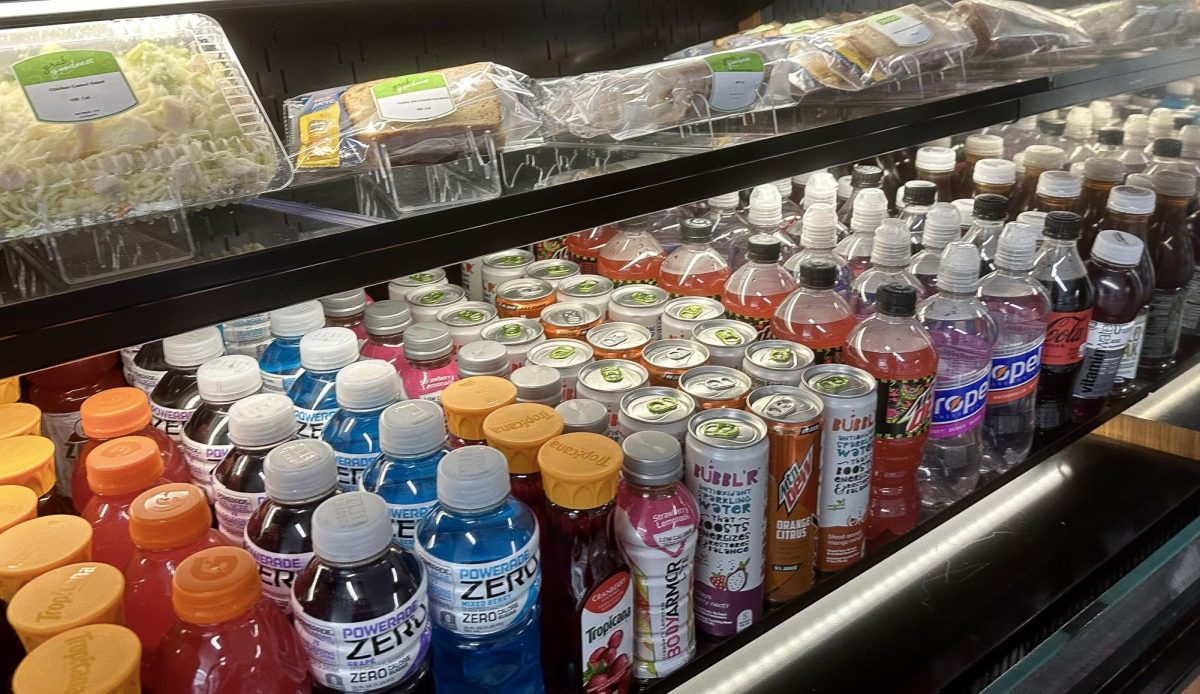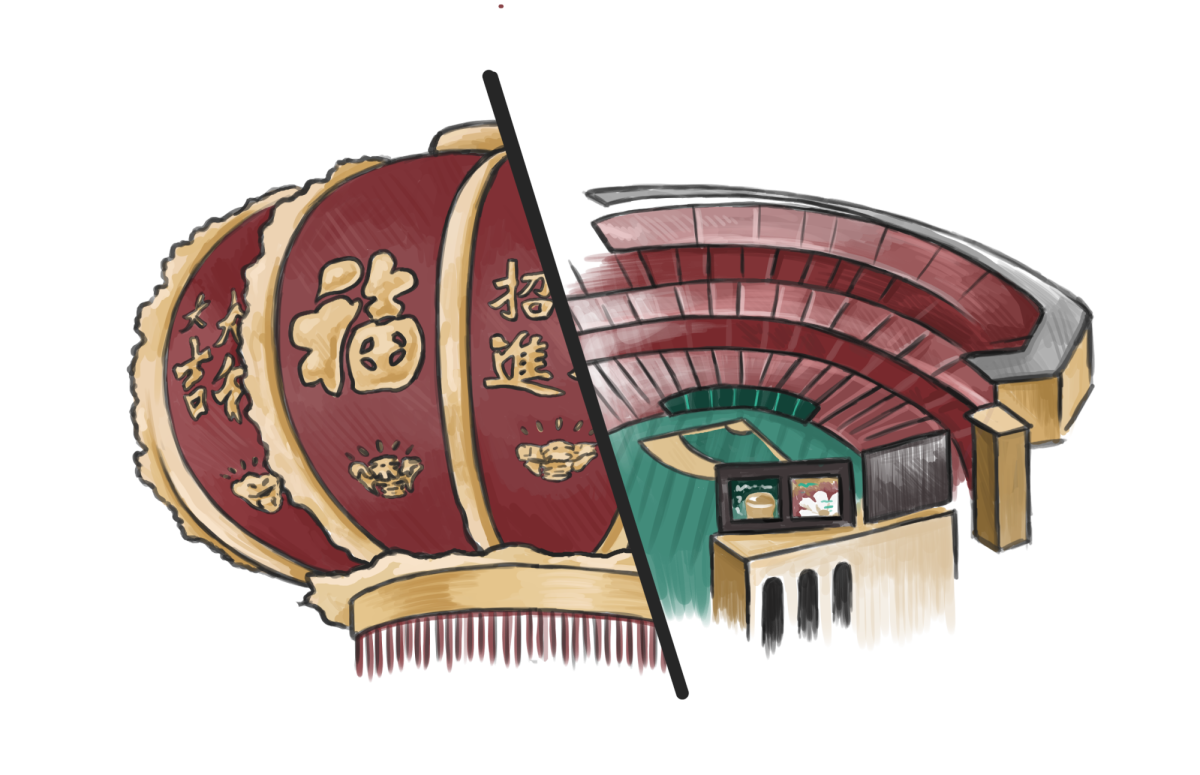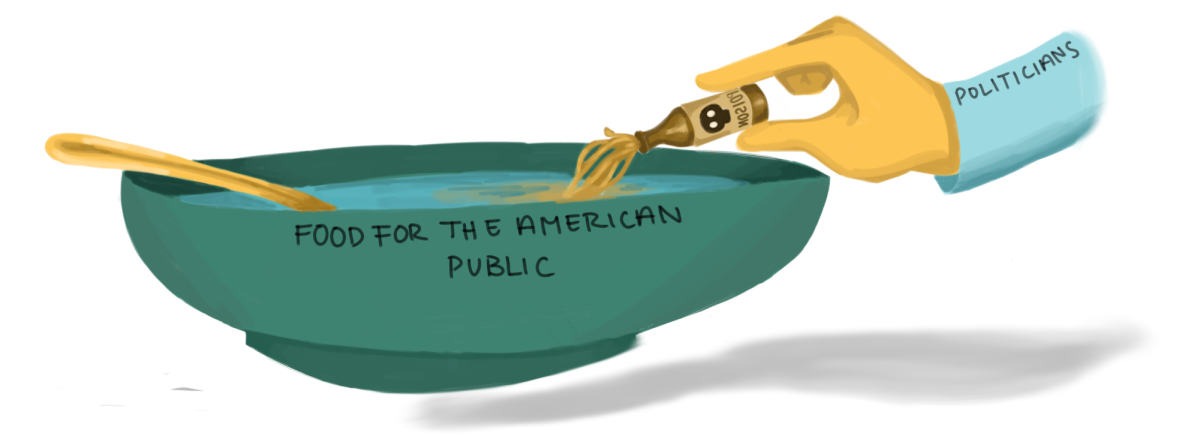Water is a physiological need. It makes our planet habitable and, most importantly, is a beverage. For over four billion years, the liquid substance has served as a crucial ingredient of life on Earth. Still, it seems many food consumers hold a staunch conviction: drinks serve as complements to the main course.
Certainly, beverage critics aren’t all wrong — a good drink should always complement its companions. But this stance is reductionist, because beverages are just as essential as any other part of the meal.
Look at MyPlate, the U.S. Department of Agriculture’s official symbol of the five food groups. Of course, beverage isn’t one of the five categories (fruits, vegetables, grains and proteins), but look closely in the top right corner. Dairy is not contained within MyPlate’s plate graphic; no, it orbits the plate in its very own circle. The independence of dairy on MyPlate makes a twofold statement (with some symbolic interpretation, at least). First, that a beverage can constitute a meal just like any solid sustenance, and second, that the beverage can serve as any food group.
A great example of this interchangeability is the protein shake — a popular choice for gym-goers, but rarely considered by the masses. Take Muscle Milk’s Pro Advanced Nutrition Protein Shake in the flavor “Intense Vanilla,” which packs a whopping 40 grams of protein (79% of the daily value) in 14 fluid ounces. The shake’s boastful nutrition label makes it an ideal option for vegetarians averse to beans, nuts and tofu.
Of course, drinking protein shakes as an everyday replacement for whole foods isn’t a great idea — a healthy diet deserves a variety of nutritious solids. But an essential lesson can still be gleaned: nutrition is still nutrition in a tasty beverage, so cook and order accordingly.








